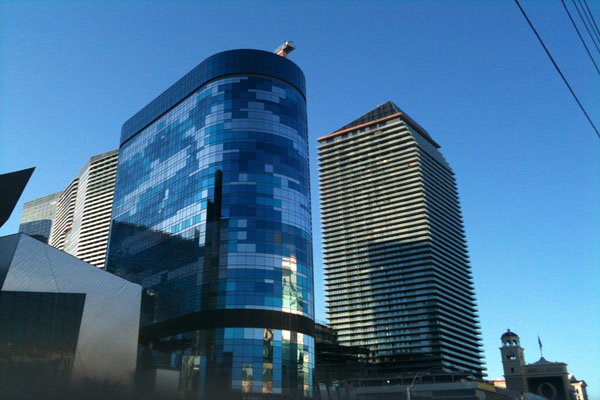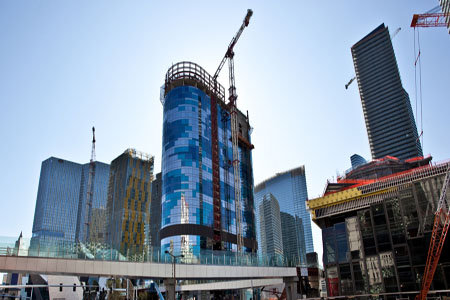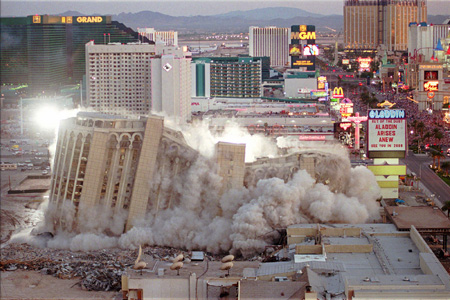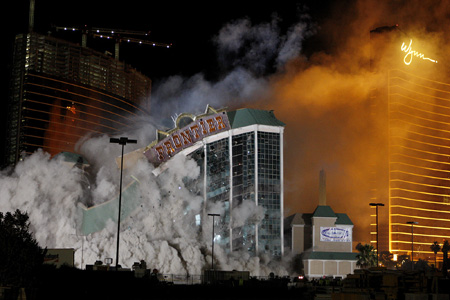 Events like the Tunisian riots and freak flooding across parts of Australia, Brazil and Sri Lanka bring home how important it is to have holiday protection if things go wrong. And aside from climatic conditions, it could be an airline going bust or holiday company collapse that scuppers your trip. So what can you do to protect yourself and your cash?
Events like the Tunisian riots and freak flooding across parts of Australia, Brazil and Sri Lanka bring home how important it is to have holiday protection if things go wrong. And aside from climatic conditions, it could be an airline going bust or holiday company collapse that scuppers your trip. So what can you do to protect yourself and your cash?Monday 29 August 2011
ways to protect your holiday booking
 Events like the Tunisian riots and freak flooding across parts of Australia, Brazil and Sri Lanka bring home how important it is to have holiday protection if things go wrong. And aside from climatic conditions, it could be an airline going bust or holiday company collapse that scuppers your trip. So what can you do to protect yourself and your cash?
Events like the Tunisian riots and freak flooding across parts of Australia, Brazil and Sri Lanka bring home how important it is to have holiday protection if things go wrong. And aside from climatic conditions, it could be an airline going bust or holiday company collapse that scuppers your trip. So what can you do to protect yourself and your cash?12 day Grand Rail Circle, Canada
12 day Grand Rail Circle, Canada
PACKAGE INCLUDES:
Return flights
12 Day Grand Rail Circle from Vancouver with 11 nights’ accommodation, 4 days onboard the Rocky Mountaineer in RedLeaf Service, various meals, touring, sightseeing, transport and transfers
Highlights
Vancouver,Kamloops, Banff, Lake Louise, Icefields Parkway, Jasper, Whistler, Rocky Mountaineer
FROM
£ 2729pp
DEPARTURES ARE FROM LONDON
PACKAGE INCLUDES:
Return flights
12 Day Grand Rail Circle from Vancouver with 11 nights’ accommodation, 4 days onboard the Rocky Mountaineer in RedLeaf Service, various meals, touring, sightseeing, transport and transfers
Highlights
Vancouver,Kamloops, Banff, Lake Louise, Icefields Parkway, Jasper, Whistler, Rocky Mountaineer
FROM
£ 2729pp
| Valid for travel: 9 May 12 - 30 May 12 Book by: 20 Sep 11 |
DEPARTURES ARE FROM LONDON
Sunday 28 August 2011
Demolishing a Vegas Hotel Before its Grand Opening
By Andrea V. Brambila, Inman News
August 25, 2011
Provided by:
 |
| Las Vegas CityCenter's Harmon Hotel tower (center), may be razed before it ever opens. |
The days of the Harmon Hotel tower in Las Vegas may be numbered -- even before the hotel welcomes a single guest. Begun during the Las Vegas high-rise condo boom, the hotel tower -- first proposed as a 49-story mixed-use condo and hotel project -- is an empty, if flashy, shell that its owner, MGM Resorts International, seeks to demolish.
The building's downfall has been blamed on massive construction defects and the market downturn. MGM and the building's general contractor, Perini Building Co., are embroiled in litigation over the building's problems -- and the outcome may ultimately decide its fate.
Originally conceived as a 400-room nongaming tower with just over 200 residential condo units, the Harmon was part of the larger CityCenter development on the Las Vegas Strip.
 |
| Harmon tower (center) and CityCenter during construction. Photo: flickr | Lars Plougmann |
"It was a very emotional building. The physicality of it, (the) appearance, the architecture. It was going to be a very high-end luxury building, kind of appealing to the nouveau riche, perhaps. Upscale, classy and a somewhat young environment," Hamrick said.
But structural defects were discovered in the building, and in January 2009 MGM announced that the Harmon's finished size would be cut down to 28 stories, from the 49 stories originally slated. This eliminated the planned condo units entirely. Perini finished the Harmon's core and shell in December 2009.
 |
| The Aladdin Hotel on the Vegas strip imploded in April, 1998. Photo: AP |
The building currently sits unfinished as MGM and Perini debate the extent of construction defects in the courts. Neither MGM or Perini responded to requests for comment by publication time.
According to a July engineering report, repair of the building may not be possible, and if it is, it could take up to three years to fix from start to finish.
The Perini company fired back in a statement that "MGM is seeking to implode the building to hide the fact that the Harmon is not a threat to public safety and to avoid having the repairs made that Perini and its third-party structural engineers have offered to do."
 |
| The New Frontier had seen better days when it imploded in July, 2007. Photo: AP |
Perini also accused MGM of "buyer's remorse" due to the downturn of the real estate market. "MGM is now attempting to blow up the Harmon to avoid adding the Harmon as additional glut to its other vacant properties in CityCenter under the guise of 'public safety,'" the company charged.
The proposed plan is subject to approval from the county's building department. If approved, MGM would also seek to lift a court order that prevent alteration or destruction of the building while the litigation with Perini is unresolved. There have been at least a dozen buildings imploded in Las Vegas since 1993, five of them since 2006, according to an implosions page on travel website Vegas.com. The most recent was the New Frontier hotel, the second-oldest hotel on the strip at the time, on November 13, 2007. On May 9, 2006, the precursor to CityCenter, the Boardwalk hotel, was imploded to make way for the new development.
Subscribe to:
Posts (Atom)
